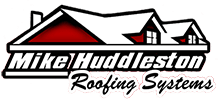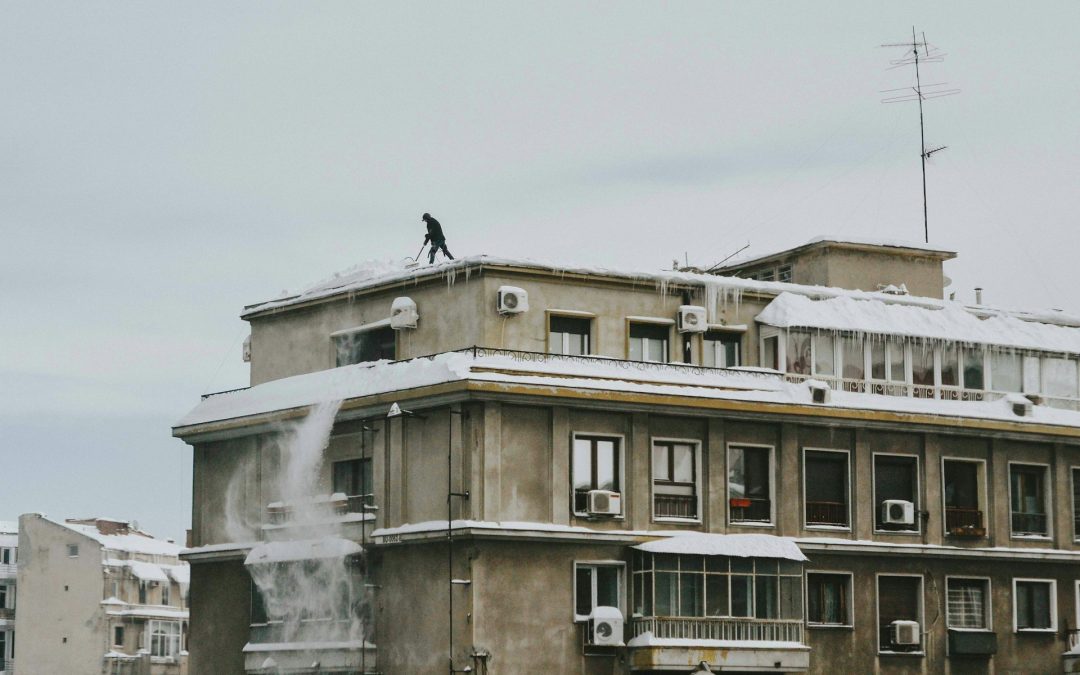Choosing the right roof is important for any commercial building. Flat roofs are a popular choice due to their cost-effectiveness and versatility. They are commonly used for warehouses, office buildings, and retail spaces. Understanding the different types of flat roof systems can help you make an informed decision.
Flat roofs are made of various materials, each with its own advantages. Whether you are looking for durability, ease of installation, or energy efficiency, there is a flat roof system that meets your needs. This guide will help you learn about these different options.
Proper maintenance is key to extending the life of your flat roof. Simple tasks like regular inspections and cleaning can prevent costly repairs.
By keeping your roof in good condition, you can avoid interruptions to your business operations and ensure a safe and comfortable environment for your employees and customers. This comprehensive guide covers the essentials of commercial flat roof systems, from types and benefits to maintenance and selection tips.
Types of Commercial Flat Roof Systems
There are several types of flat roof systems available for commercial buildings. Each type has unique advantages and is suited for different needs and budgets.
- Built-Up Roofing (BUR): This is one of the oldest flat roof systems. It consists of multiple layers of bitumen and fabric, topped with a layer of gravel. BUR roofs are durable and provide excellent waterproofing. However, they can be heavy and may require additional support.
- Modified Bitumen: Similar to BUR, this type uses layers of bitumen but includes polymers for added flexibility. It can be installed using different methods, such as torch-applied, cold-applied, or self-adhered. Modified bitumen roofs are resistant to extreme temperatures and UV rays.
- Single-Ply Membrane: This category includes TPO, PVC, and EPDM membranes. These are lightweight, flexible, and easy to install. They offer excellent resistance to weather and chemicals. TPO and PVC are also known for their energy-efficient, reflective properties.
- Spray Polyurethane Foam (SPF): SPF roofs are applied as a liquid foam that expands and hardens into a solid surface. They are seamless and provide excellent insulation. SPF roofs are quick to install and can be applied over existing roof systems, reducing waste and costs.
Each of these flat roof systems has its pros and cons. Understanding these options will help you choose the best roofing solution for your commercial building.
Benefits of Flat Roof Systems
Flat roof systems offer several benefits that make them a popular choice for commercial buildings.
- Cost-Effective: Flat roofs are generally less expensive to install and maintain. The materials used are often more affordable, and the installation process is simpler compared to pitched roofs.
- Space Utilization: Flat roofs provide extra usable space. This area can be used for HVAC units, solar panels, or even a rooftop garden. This added feature can be a big advantage for businesses looking to maximize their space.
- Accessibility: Maintenance and inspections are easier on flat roofs. Workers can walk on the surface without the risk of slipping off, making it safer for routine upkeep.
- Energy Efficiency: Many flat roof systems, like TPO and PVC, have reflective surfaces. These materials reflect sunlight and reduce heat absorption, leading to lower cooling costs in the summer.
- Versatility: Flat roofs can accommodate various materials and designs. They offer flexibility in terms of what can be installed on top, providing solutions for different business needs.
Flat roof systems are an excellent choice for many commercial buildings due to these benefits. They offer practical advantages that can contribute to the efficiency and functionality of your business operations.
Maintenance Tips for Flat Roofs
Maintaining a flat roof is important to extend its life and keep your building protected. Routine maintenance helps prevent major problems and expensive repairs. Here are some practical tips to keep your flat roof in top condition:
- Regular Inspections: Check your roof at least twice a year, preferably in spring and fall. Look for any signs of damage, such as cracks, blisters, or pooling water. Address these issues promptly to avoid further damage.
- Clean Debris: Keep your roof free from leaves, branches, and other debris. This prevents clogging of drains and gutters, which can lead to water accumulation and potential leaks.
- Check Flashing and Seals: Ensure that the flashing around vents, skylights, and edges is intact and secure. Any damaged or loose flashing should be repaired immediately to maintain a watertight seal.
- Remove Ponding Water: Flat roofs are prone to ponding water, which can weaken the roof and cause leaks. Use a push broom or pump to remove any standing water, especially after heavy rainfalls.
- Trim Overhanging Trees: Trees near your roof can drop leaves and branches, increasing the risk of damage. Trimming overhanging branches minimizes debris buildup and reduces the risk of punctures.
By following these maintenance tips, you can extend the lifespan of your flat roof and avoid costly repairs. Regular care ensures your roof remains in good condition, providing reliable protection for your commercial building.
Choosing the Right Flat Roof System for Your Building
Selecting the right flat roof system for your building involves several considerations. The best choice depends on factors like your budget, climate, and specific building needs. Here are some essential factors to consider:
- Budget: Determine your budget for the roofing project. Some roofing systems may have a higher upfront cost but offer long-term savings through durability and low maintenance.
- Climate: Consider the climate in your area. For example, TPO and PVC roofs are ideal for hot climates due to their reflective properties, while EPDM roofs perform well in colder regions.
- Building Usage: The function of your building can influence the type of roof you choose. For buildings housing sensitive equipment, a highly durable and watertight system like modified bitumen or single-ply membranes may be best.
- Installation and Maintenance: Different roof systems have varying installation and maintenance requirements. Ensure you are comfortable with the level of care and skill needed for the roof you choose.
- Energy Efficiency: Energy-efficient roofs can help reduce cooling and heating costs. TPO and PVC roofs reflect sunlight, keeping buildings cooler and reducing energy bills.
Talk with a professional roofing contractor to help you evaluate these factors. They can provide expert advice and recommend the best flat roof system for your specific needs. Making an informed decision will ensure your roof serves your building effectively and efficiently.
Conclusion:
Understanding the different aspects of commercial flat roof systems is crucial for making an informed decision. From selecting the appropriate type of flat roof to understanding its benefits and maintenance needs, each step is vital for ensuring your building remains protected and efficient.
Regular inspections and proactive maintenance play a key role in extending the lifespan of your flat roof. Moreover, considering factors such as budget, climate, and energy efficiency helps in choosing the right roof system tailored to your building’s needs.
For professional guidance and installation of commercial flat roofs, Mike Huddleston Roofing Systems is here to assist you. Our team is committed to delivering quality service for all your roofing projects. Contact us today to ensure your commercial building has the best flat roof system to meet its demands.

